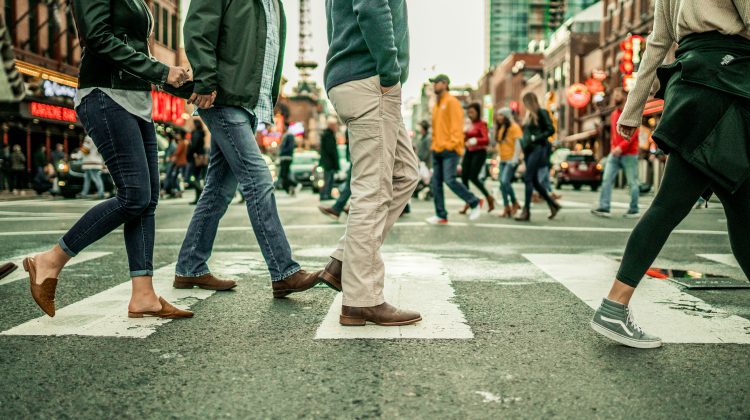St. Louis is a city defined by its neighborhoods each with its own energy, architecture, and sense of community. From the tree-lined streets of Lafayette Square to the urban revival in The Grove, every area tells a different story. But those stories also include big differences in safety. Understanding which neighborhoods are considered safer, and which are more risk-prone, can help residents and visitors make more informed choices about where to live, work, and explore.
How Neighborhood Safety Is Measured
Safety can mean different things to different people. For some, it’s about crime rates. For others, it’s walkability, lighting, or how active neighbors are in looking out for one another. The City of St. Louis and independent analysts often measure safety using factors like:
- Reported crime incidents (both violent and property-related)
- Police response times
- Environmental conditions such as abandoned homes or poor lighting
- Community involvement and neighborhood watch participation
- Animal control reports, including dog bite data
These layers of information give a more complete picture than crime statistics alone.
The Safest Neighborhoods in St. Louis
While safety can vary block by block, several neighborhoods consistently rank among the safest in the city.
- Lafayette Square: Known for its restored Victorian homes and active neighborhood association, Lafayette Square maintains a strong sense of community and watchful residents.
- St. Louis Hills: With its quiet streets, parks, and family-focused atmosphere, it remains one of the city’s most desirable and secure neighborhoods.
- Central West End: Despite being a busy area, strong community policing and well-lit streets keep crime rates relatively low.
- Dogtown and Clifton Heights: Both known for being tight-knit, these neighborhoods benefit from engaged residents who report issues quickly.
These areas show how community involvement, design, and consistent city services work together to support a safe environment.
The Most Risk-Prone Areas
Some neighborhoods, particularly in parts of North and South City, face ongoing safety challenges. High vacancy rates, limited lighting, and reduced police visibility can all contribute to increased risks.
Neighborhoods such as Hyde Park, The Greater Ville, Carr Square, and Fairground have historically reported higher rates of violent crime and property damage. That said, these communities also show resilience; many residents and local nonprofits are actively working to improve housing, create youth programs, and strengthen relationships with law enforcement.
Understanding these realities helps break stigmas and focus efforts where they’re most needed.
Dog-Related Safety Concerns by Neighborhood
Beyond crime statistics, dog-related incidents in St. Louis is another measure of community safety. According to a recent study from Meyerkord & Kurth, a St. Louis personal injury law firm, some neighborhoods see significantly higher dog bite rates per 10,000 residents.
Areas such as Kings Oak and Cheltenham have recorded elevated dog bite incidents in recent years. These cases don’t always reflect aggressive ownership, sometimes they stem from stray dogs or poorly secured yards.
Residents can take simple steps to reduce risk:
- Secure fences and gates properly.
- Leash dogs in public spaces.
- Report stray or aggressive animals promptly to Animal Care and Control.
Small actions add up, helping make neighborhoods safer for both people and pets.
Working Toward Safer Communities
Safety in St. Louis isn’t just about where you live, it’s about how communities come together. Neighborhood meetings, street cleanups, and public safety workshops all play a role in making residents feel more secure.
The reality is that St. Louis has both safe and struggling neighborhoods, but most fall somewhere in between dynamic, evolving places where residents’ efforts directly shape the local environment. The more engaged and informed the community, the stronger and safer the city becomes.




No Comment